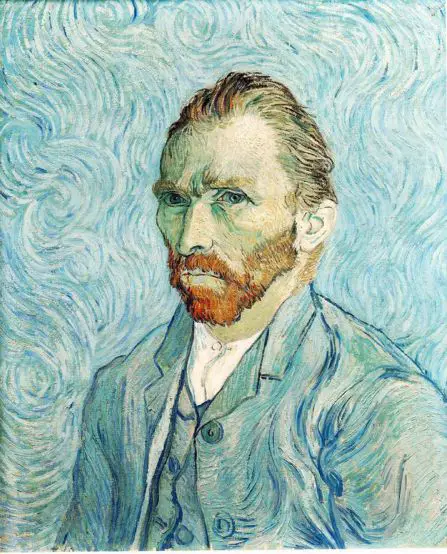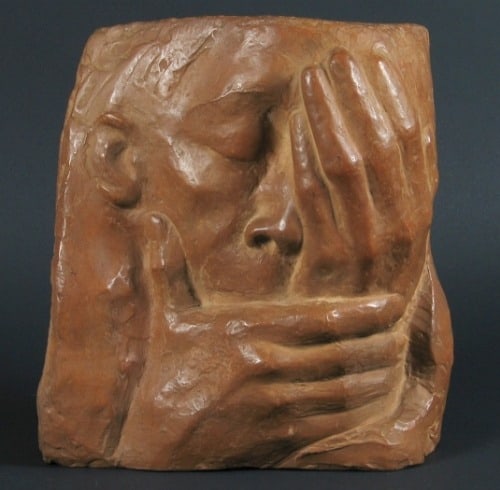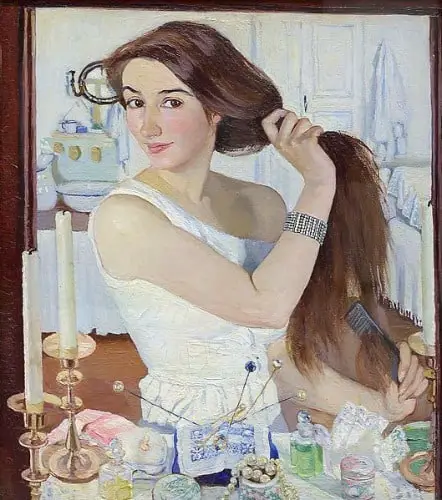Empathy and Kids
Do you talk to your kids about empathy? How do you tackle such abstract concepts so they really understand? Empathy is an important skill for kids to learn throughout their childhood as they interact with all sorts of different people. The ability to mentally put themselves in someone else’s shoes can help kids understand their own emotions, and treat others with compassion.
I’m thrilled to be joining 4 amazing bloggers in exploring empathy. Each of us has approached the subject in different ways, but all hands-on. It’s just like tackling an art assignment, because everyone interprets and executes the assignment differently!

To see the other posts check out the links at the bottom of my article.
Empathy and Art
I was a little nervous at first to contribute, because I wasn’t sure how I was going to pull off an art project for kids that delves into empathy. I immediately thought up all these cool writing ideas, but something visual? I was stumped. My projects don’t usually explore emotional and social ideas, but I was determined to add something, because sometimes artists make their artwork precisely to communicate about emotional and social issues.
Here’s what we did. Instead of making something to try to convey the idea of empathy, I showed Fen a bunch of self portraits by famous artists and we talked about what the artists may have been feeling, or what emotions the artist may have been trying to convey through the artwork.
We looked at brushstrokes, color, texture, lines, expression, etc. and tried to pinpoint how the artwork made us feel, which gave us clues as to how the artist had been feeling. Boom. Empathy.
Just out of curiosity, I also showed almost-4-year-old Beckett the paintings separately, and asked him what he thought the people were feeling, so he wasn’t influenced by Fen’s answers.
 Van Gogh • image source
Van Gogh • image source
Beckett: sad
Fen: worried; sad.
Me: What do you think about the colors and brushstrokes?
Fen: sad- blue is a sad color instead of vibrant, bright colors.
Me: What about the swirls?
Fen: Maybe he is confused.
 Picasso • image source
Picasso • image source
Beckett: Normal
Fen: Normal; happy; kinda smiling. His eyebrows are sort of smiling.
Me: What about the colors?
Fen: They’re plain – grey, black, and white, but they don’t look sad.
 Frida Kahlo • image source
Frida Kahlo • image source
Beckett: Happy
Fen: Serious.
Me: Does she look like she’s having a good day or a bad day?
Fen: A bad day, she’s really serious.
Me: What do you think about the clock, the plane and the curtains?
Fen: The curtains are really heavy; she just looks so serious.

Kathe Kallowitz • image source
Beckett: Sad.
Fen: Really sad. Like she’s just lost something or someone.
Me: How would you act around her?
Fen: I’d say, “What’s wrong?” Or comfort her.

Chuck Close • image source
Beckett: Happy. It’s funny.
Fen: Mad and serious. He’s angry, but the shapes are kinda fun.
 Chagall • image source
Chagall • image source
Beckett: Happy
Fen: Happy – the expression on his face looks excited. Like he’s thinking about Christmastime, because that looks like a Christmas tree.
 Serebryakova • image source
Serebryakova • image source
Beckett: Happy.
Fen: Happy; enjoying brushing her hair.
Me: Why do you think she’d paint herself happily brushing her hair?
Fen: Because it’s morning; she’s starting a whole new day.
*****
My intention with this exercise was to have Fen look closely and try to pick up on small, subtle clues about the subject. In real life, this would be another person or people, but you still need to be able to hone your sensitivity and observational skills, and since many artists are trying to express feelings through their artwork, I thought this would be a superb starting point.
Have a look at the previous 3 posts on empathy and make sure you check out tomorrow’s post, too. Focusing on empathy and kids has been such an incredible eye-opener for me- it’s made me realize how vital it is to talk about this with your kids.
Day 1 “10+ Ways To Use Emotion Cards To Help Your Child Develop Empathy” at Moments A Day
Day 2 “Toilet Roll Empathy Dolls With Free Printable” at The Craft Train
Day 3 “Foster Empathy In Your Kids Through Service” at Pennies of Time
Day 4 “Exploring Empathy Through Art” here!
Day 5 “Teaching Empathy Through Role Play” at The House of Hendrix
Comments
0 comments

What a wonderful way to help children develop empathy. It is a topic I have looked at in kids yoga and it seems our brains are wired for empathy.
I really like your idea of using the self portraits for this purpose.
There is a great video about empathy called The Empathic Civilization with Jeremy Rifkin and its animated so it just may count as art too. : )
Thanks, Aruna; I’ll look for that video. I’d love to see what you would come up with in terms of kids and yoga. It’s a tough topic to explore without using words, but it’s one you need to understand beyond words. Interesting.
I really appreciate this idea! A great way to discuss feelings without being in the heat of the moment. Thank you for this idea.
Yes- the heat of the moment never works, does it? It’s always surprising to see how your kids react when you are discussing this sort of stuff with them!
I love that this is such a simple way to help children decipher how people are feeling!
Geez, I think you have to get pretty simple when you tackle this subject with kids- just focus on the basics and let them help guide the whole process. I hope some of it sunk in with my kids!
This is such a thought-provoking activity… I don’t think I would have never thought to ask my children to look at art in this way. I love the answers they gave and how deeply you can go into the questions as the children mature (or depending on their interest level). What a powerful exercise for budding artists also, to think about how much they can convey in their pieces not only through the expressions of their subjects but the color and style (and background), too. Thanks so much for sharing!
This was honestly one of my favorite posts to work on- exploring unfamiliar territory! It was exciting for me to discuss these with my older one, but my little guy surprised me with his answers, too. Kids are cool.
At first I thought, how the heck is she gonna pull this off? Art teaching Empathy?!!!
But it is really cool what you did. And it totally makes sense. It would also help special needs autistic kids learn to read faces. Genius!! And super fun too! I loved your kids’ reactions. They were so dead on!
Oh, Mia. I love that idea of working with autistic children with this sort of idea- you’re a smarty.
This is cool. I absolutely love it! Complete genius as Mia said. I love that this is something I could do with even my very young sons, 2 and 4 with art we see or children’s books or anything at all.
This is so good! Using art to help kids with empathy. Found your blog from Bloggy Moms blog hop.
Hey, Deli! This post was a revelation for me that my kids need more empathy reminders! Thanks for stopping by.
What an excellent idea! And a wonderful selection of artworks. I’m going to show this post to my own 4 year-old tomorrow to see what he has to say 🙂
Oh, I hope you come here or to FB and tell me what your 4 year old says. Those little brains are fascinating!
Right, here are my 4 year-old’s responses 🙂
Van Gogh: cross
Picasso: happy, his face says someone is playing nicely
Kahlo: her face is red so she is angry, someone hit her on the head
Kallowitz: sleepy, eyes are closed
Close: super-cross, his mouth goes down at the corners
Chagall: those two are happy
Serebryakova: happy
Yeah Brilliant One! Such a great article and the kids comments melted my heart! This idea is similar to work being done with med students. They go to museums and learn how to read emotion through viewing masterpieces. Awesome. You are doing wonderful empowering things!
That’s an awesome exercise for med students!